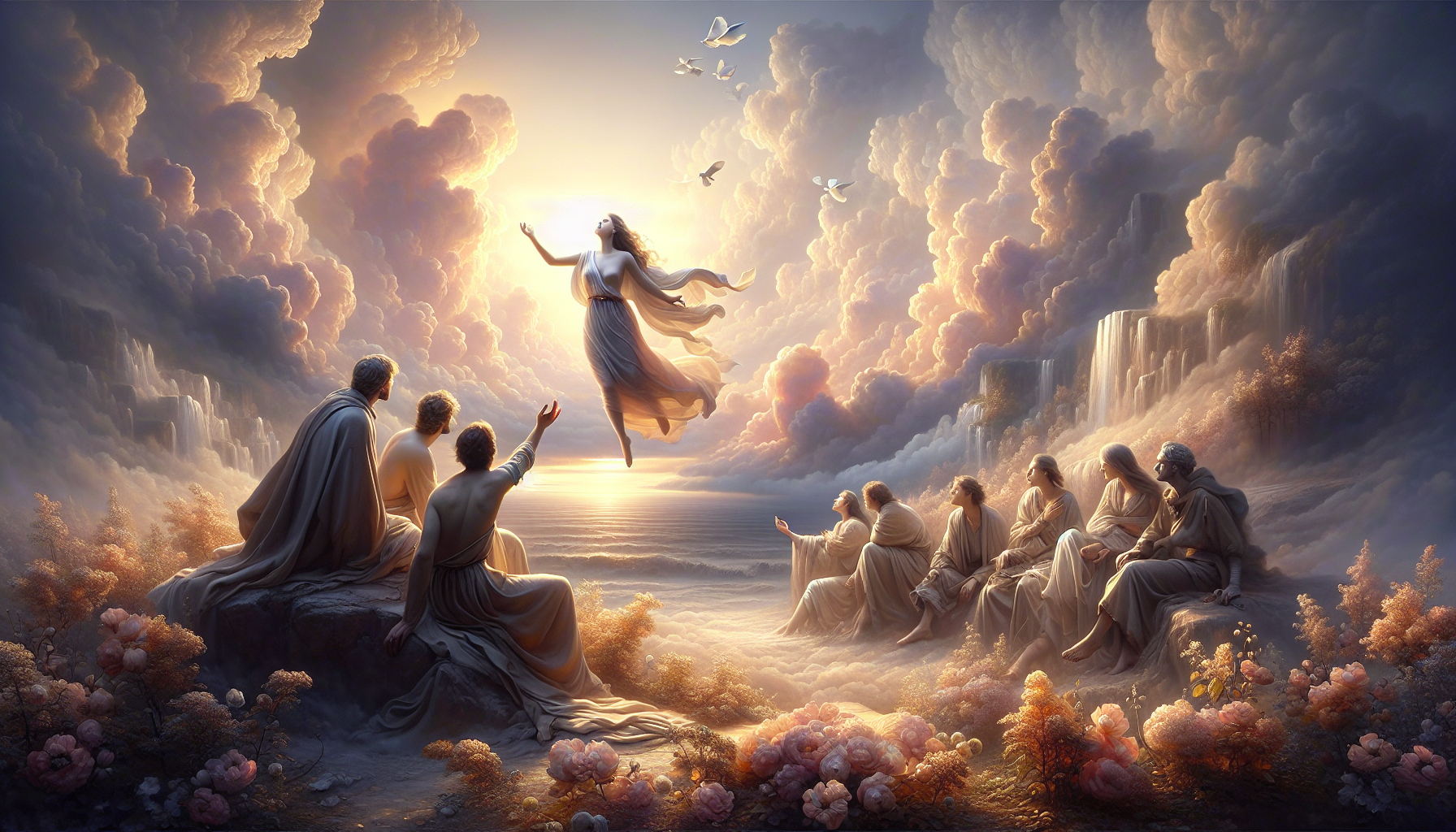The Transcendent Beauty of Ravel’s Daphnis et Chloé
In the realm of orchestral music, few compositions evoke the same level of enchanting beauty and emotional depth as Maurice Ravel’s Daphnis et Chloé. Composed between 1909 and 1912, this ballet score is often hailed as one of Ravel’s masterpieces and a pinnacle of Impressionist music.
Daphnis et Chloé was commissioned by Sergei Diaghilev for the Ballets Russes and is based on an ancient Greek pastoral romance by Longus. The narrative unfolds in a mythological setting, telling the story of two foundlings raised by shepherds on the island of Lesbos, who gradually fall in love amidst various trials and adventures.
A Masterpiece of Orchestration
Ravel’s orchestration in Daphnis et Chloé is nothing short of magical. The score is renowned for its lush textures and vibrant use of the orchestra, which Ravel uses to paint vivid musical landscapes. As noted by musicologist Paul Griffiths, “Ravel’s ability to create a sound world that is at once sensuous and ethereal is unmatched in this work” (Grove Music Online).
- Instrumentation: The work features an extensive orchestra, including a large percussion section and a wordless chorus, which adds to the dreamlike quality of the music.
- Color and Texture: Ravel’s use of color and texture is particularly striking in passages such as the “Lever du jour” (Daybreak), where shimmering strings and flutes evoke the first light of dawn.
Impressionist Euphoria
Daphnis et Chloé embodies the Impressionist style through its emphasis on atmosphere and mood. The music flows with an organic continuity, and Ravel’s harmonic language is rich and evocative, often employing modal scales and intricate dissonances. As Alex Ross of The New Yorker puts it, “Ravel’s Daphnis et Chloé is a symphony in sound colors, where each hue and shade is meticulously crafted” (The New Yorker).
“Music, I feel, must be emotional first and intellectual second.” — Maurice Ravel
The ballet’s premiere was met with mixed reviews, but over time, Daphnis et Chloé has become a staple of the orchestral repertoire, celebrated for its emotional depth and technical brilliance. Today, it remains a testament to Ravel’s genius and a shining example of how music can transcend time and culture to connect with the human spirit.
In listening to Daphnis et Chloé, one is transported to a world of myth and magic, where love conquers all and beauty reigns supreme. It is a work that continues to inspire awe and admiration, reminding us of the transcendent power of music.
